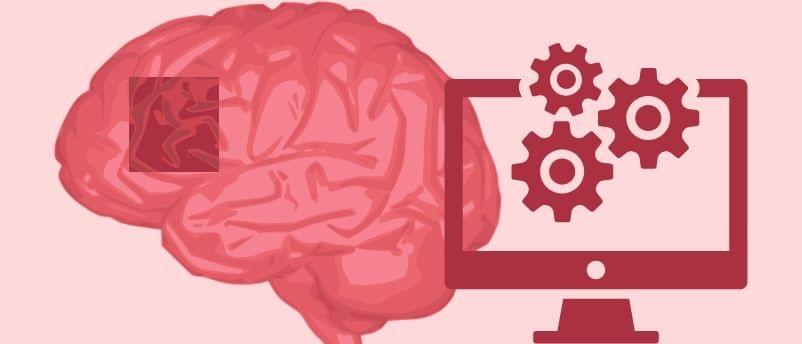European researchers are developing quantum computers using light and glass, in a collaboration that promises breakthroughs in computing power, battery technology and scientific discovery.
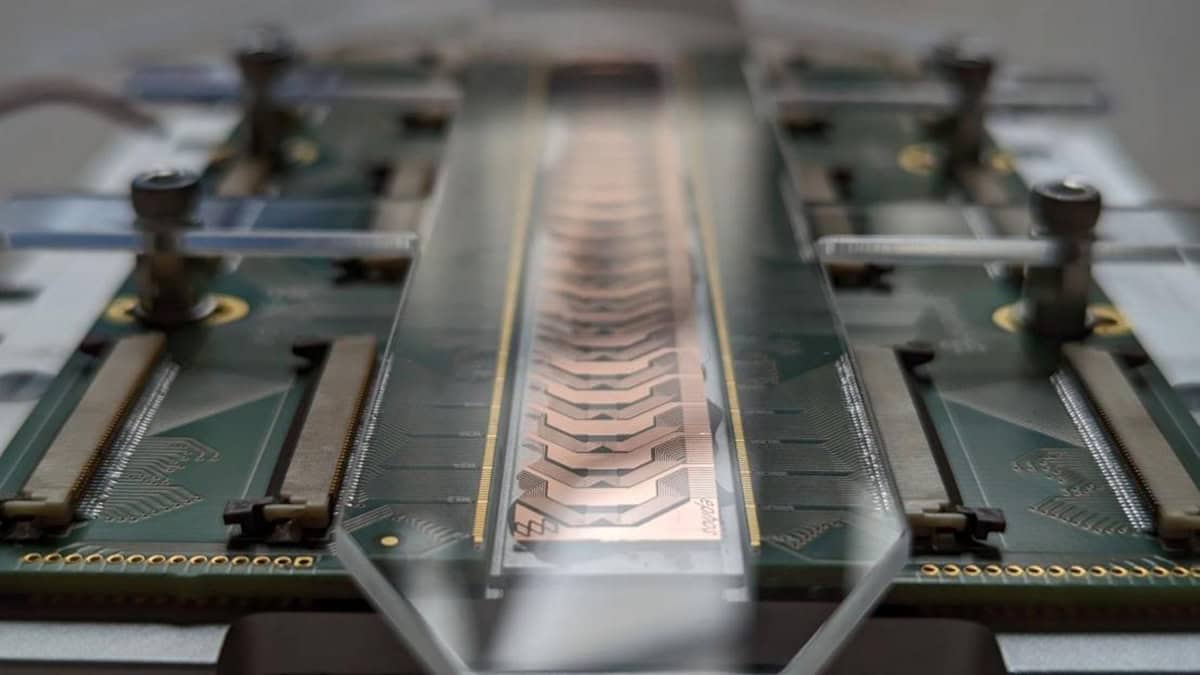

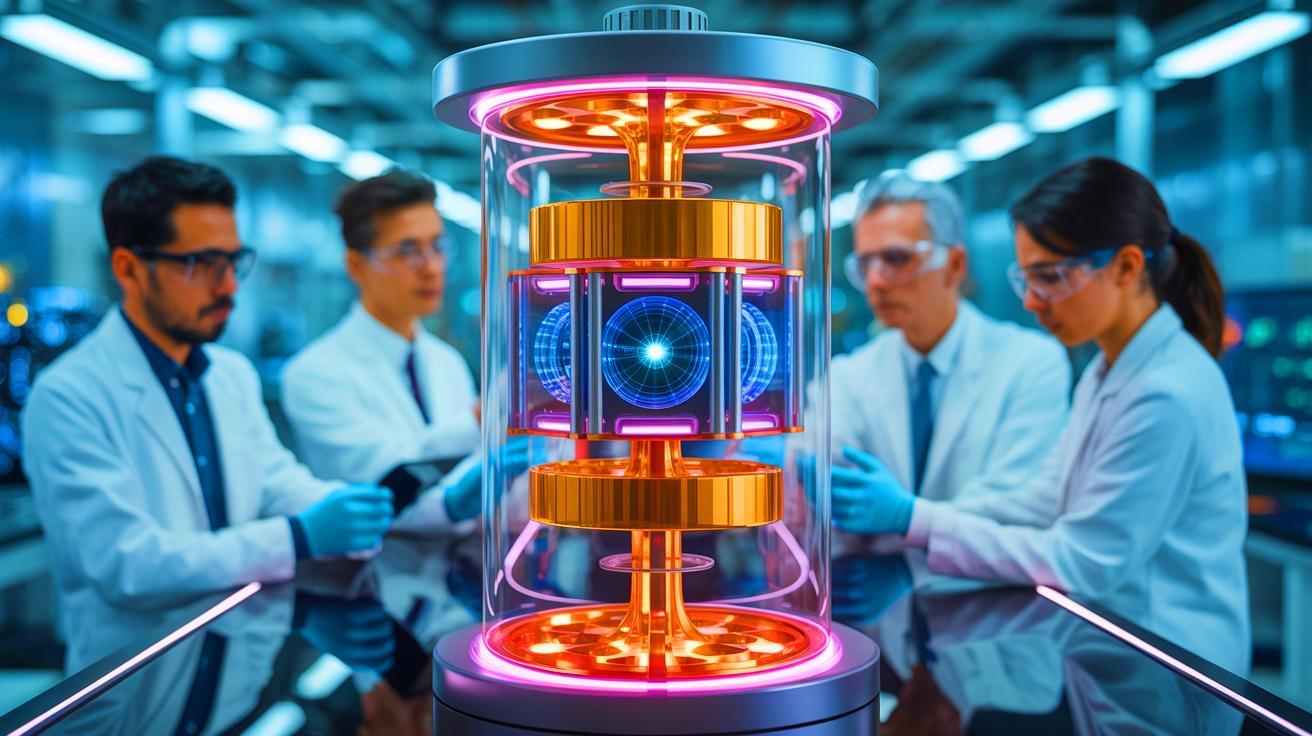
A quantum battery operates on the principles of quantum mechanics, diverging from traditional batteries which rely on ion flow for charging and discharging. In quantum batteries, energy is stored by moving electrons into higher energy states with photons acting as charge carriers. During charging, photons transfer their energy to electrons, enabling storage.
Key quantum properties, such as entanglement and superabsorption, are harnessed to enhance the charging rate. Entanglement allows particles to function cohesively during the charging or discharging process, while superabsorption increases the energy storage capacity, leading to higher energy densities. Despite their theoretical potential and scalability, practical quantum batteries have faced challenges, with existing prototypes unable to sustain energy beyond a few nanoseconds.
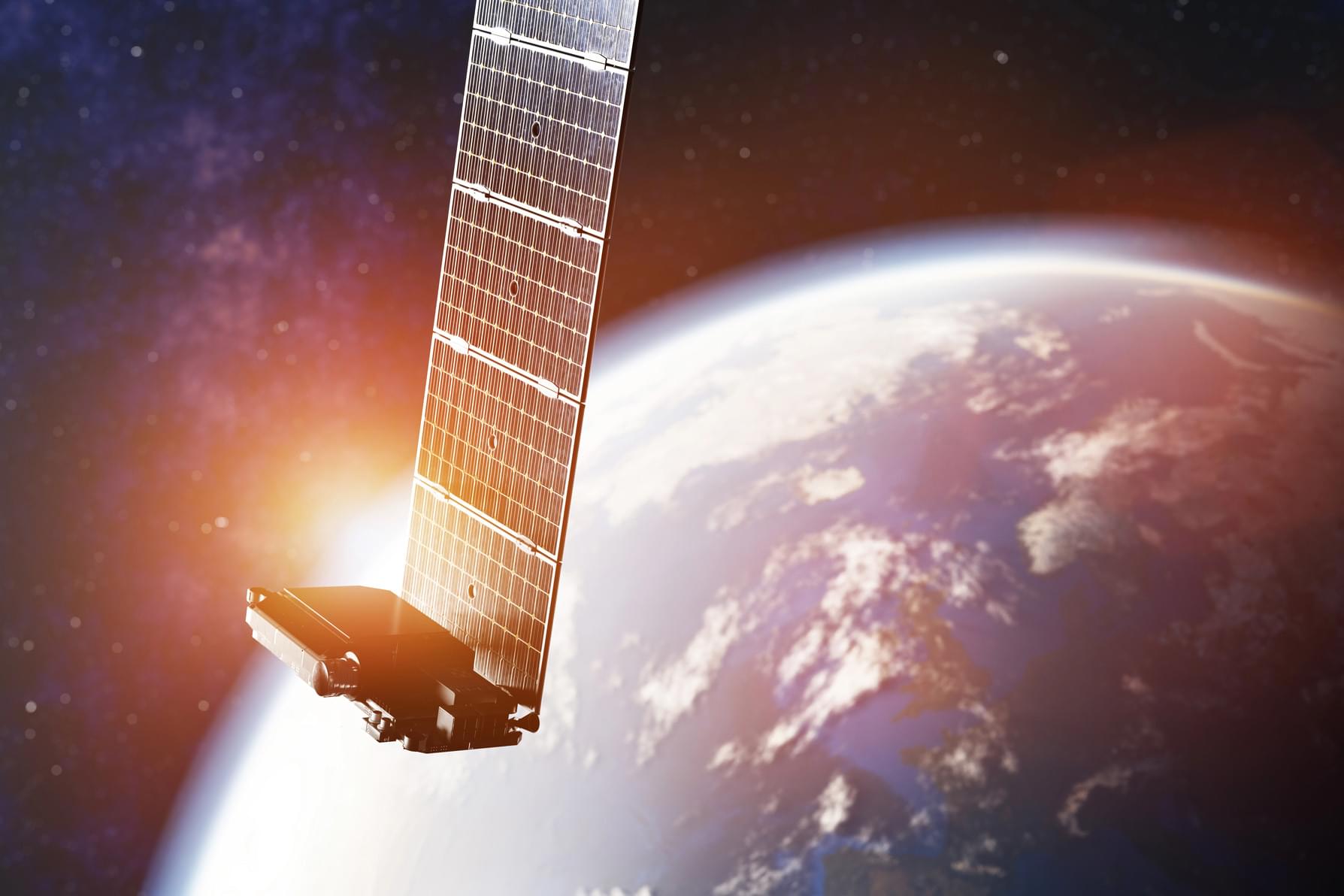
«Kyivstar» plans to launch new Starlink services this year. Their range and capabilities will be expanded over time.
Oleksandr Komarov, CEO of «Kyivstar», told the agency about the company’s plans to Reuters in Rome. According to him, messaging will be launched by the end of 2025, and mobile satellite broadband will be launched in mid-2026.
Field tests of the new communication began in late 2024 as part of an agreement with SpaceX. For its part, Elon Musk’s space company will launch the possibility of direct communication with mobile phones in the country.
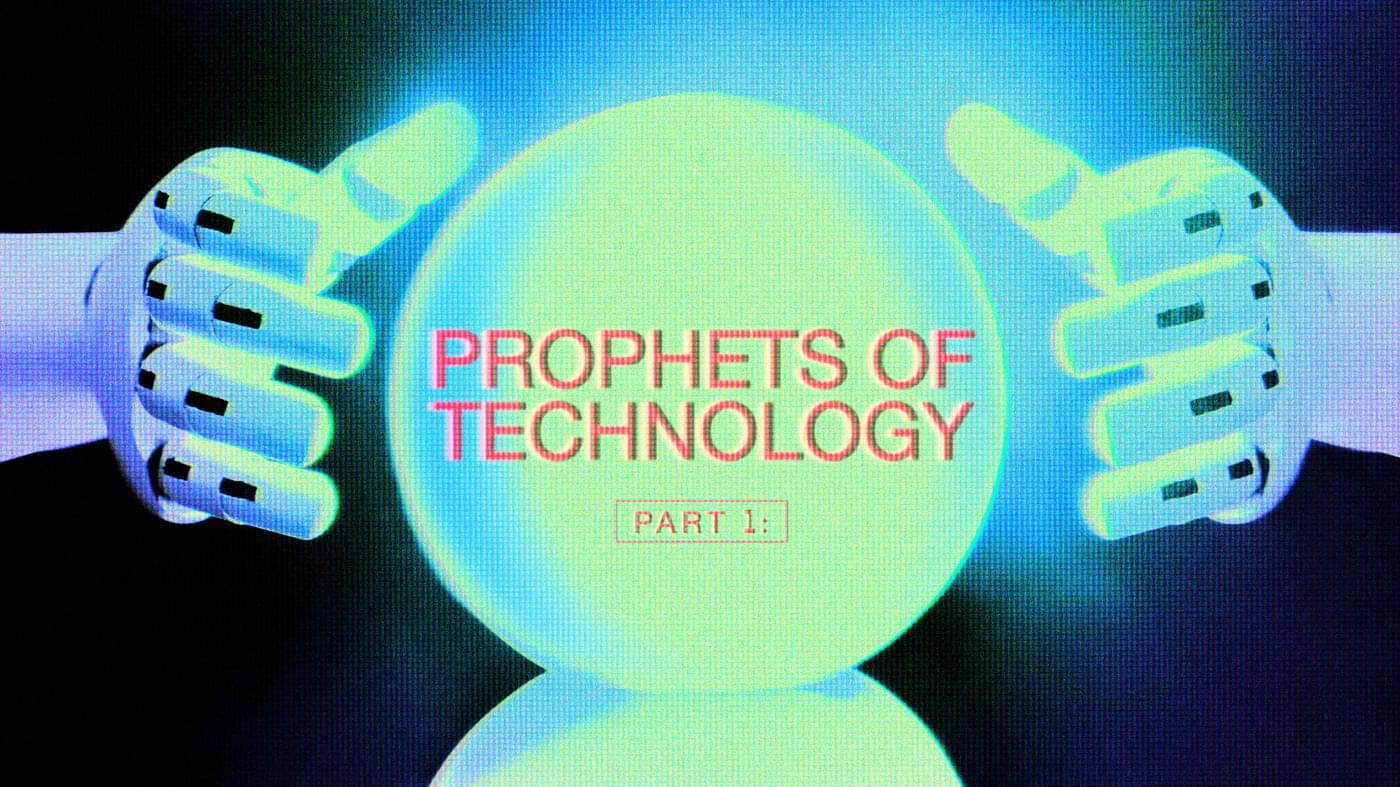
As AI infiltrates every aspect of our lives, who are some of the people behind this huge inflection point? In this special three-part series, you’ll hear from the people predicting and shaping our tech future. Host Manoush Zomorodi reports on the latest and revisits her favorite conversations with the minds crafting the digital world we live in today: what they’ve gotten right — and wrong — and where they think we’re headed next. Part 1 features futurist Ray Kurzweil and counterculture icon Stewart Brand. TED Radio Hour+ subscribers now get access to bonus episodes, with more ideas from TED speakers and a behind the scenes look with our producers. A Plus subscription also lets you listen to regular episodes (like this one!) without sponsors. Sign-up at plus.npr.org/ted.

From a brain chip that enabled a paralyzed patient to move his hand to a Pentagon-sponsored technology designed to restore memories, several exciting technologies have been announced recently that could advance the field of neurology. Here are 10 examples.

Ray Kurzweil, the director of engineering at Google, has claimed that in just over 30 years, humans will be able to upload their entire minds to computers and become ‘digitally immortal’.
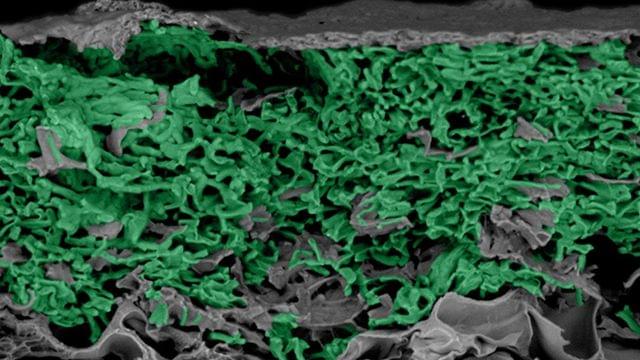
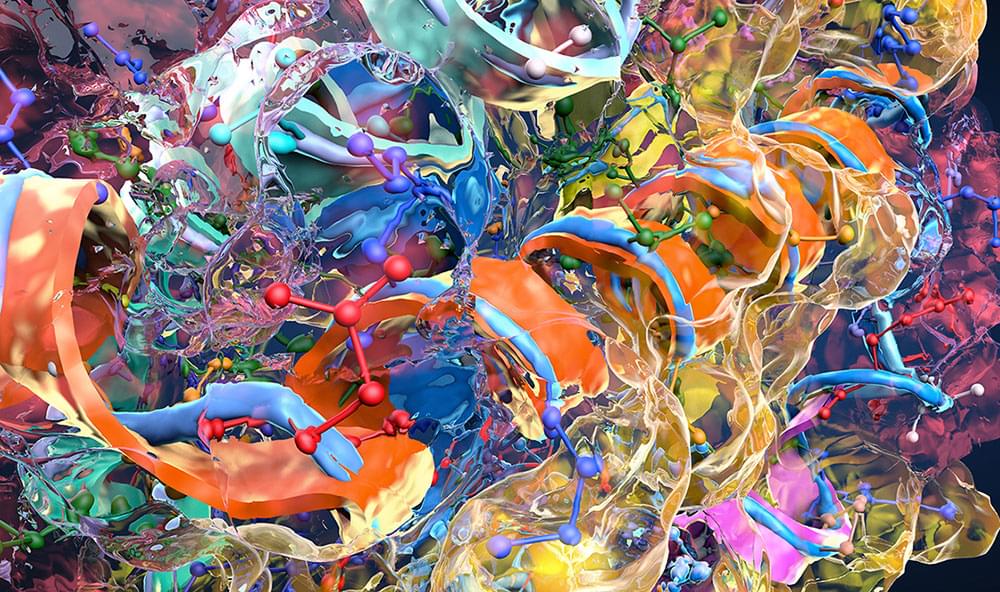
A newly developed generative AI model is helping researchers explore protein dynamics with increased speed. The deep learning system, called BioEmu, predicts the full range of conformations a protein can adopt, modeling the structural ensembles that underlie protein function.
The work, in a paper titled “Scalable emulation of protein equilibrium ensembles with generative deep learning,” was published in Science. Researchers developed BioEmu as a high-speed emulator of protein motion, capable of generating thousands of conformational states in just one GPU-hour, significantly outperforming traditional molecular dynamics (MD) simulations.
Understanding protein function has been a challenge, often hinging not on a single structural component of the protein, but on the combined ensemble of shapes within the protein. Proteins frequently shift between different conformations depending on their interactions or environment, which has been a challenge for other methods to capture accurately.
